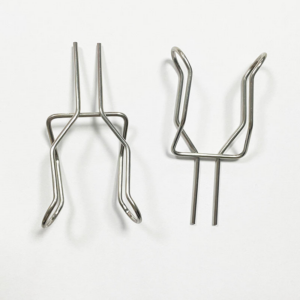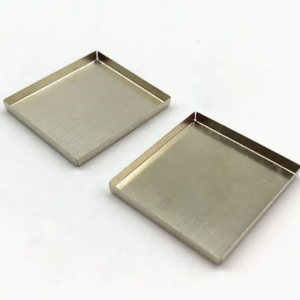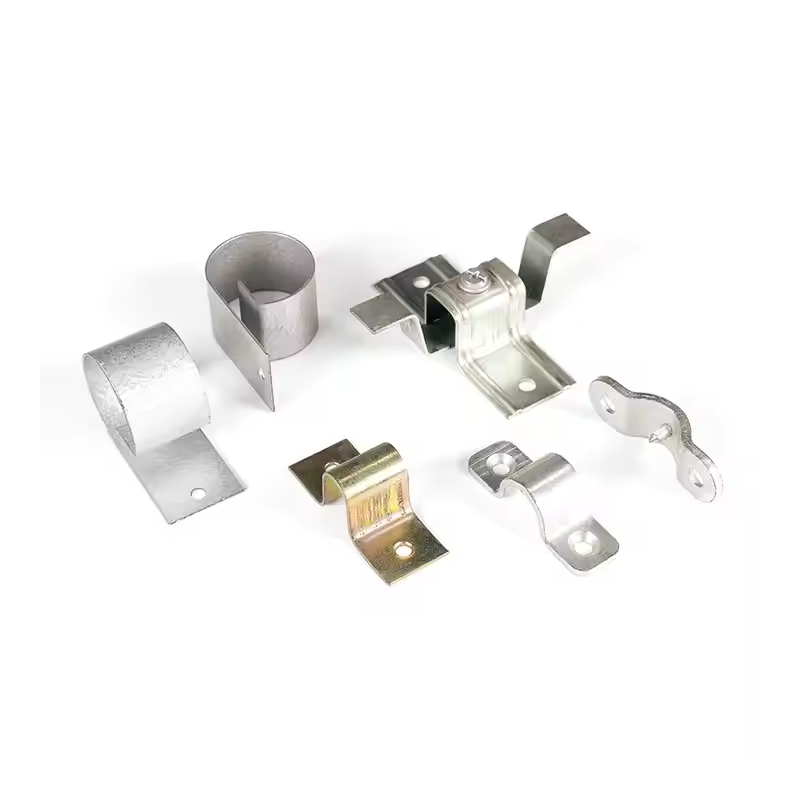When deciding between galvanized and stainless steel for your CNC machining project, it’s crucial to understand the differences between the two materials. Making the wrong choice can result in rust, premature failure, and unnecessary costs. In this comprehensive guide, we’ll walk you through the key differences between galvanized and stainless steel, helping you make an informed decision that suits your specific needs. Whether you’re a seasoned professional or new to material selection, the right choice will significantly impact the durability and performance of your parts.
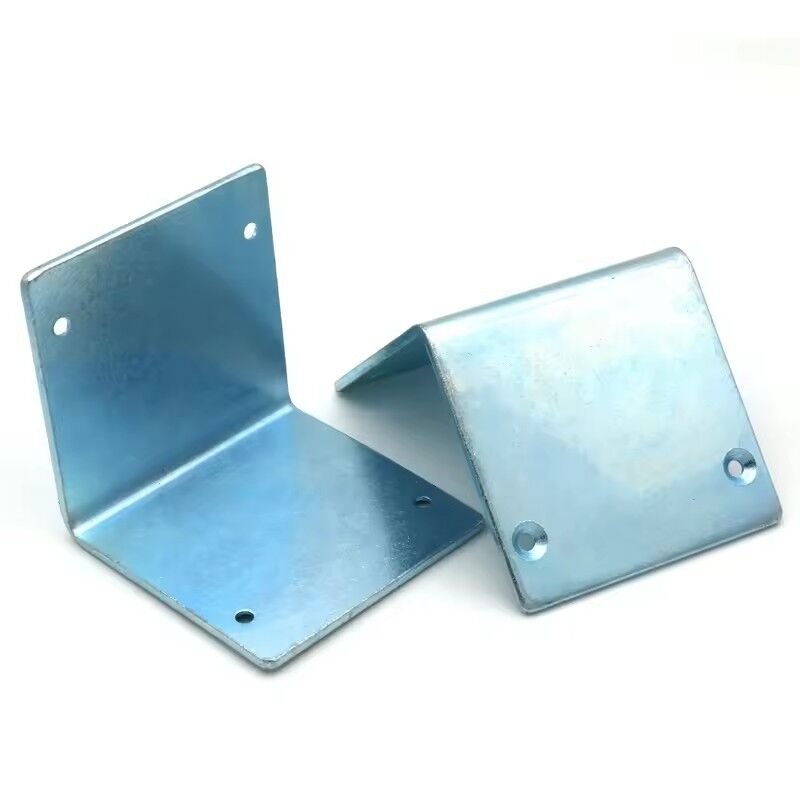
Understanding Galvanized Steel and Stainless Steel
Galvanized steel is a popular choice for many applications, especially when cost is a primary concern. The steel is coated with a layer of zinc through a process known as galvanization. This zinc coating provides effective rust protection by forming a sacrificial layer that corrodes before the steel beneath it. Galvanized steel is generally cheaper than stainless steel and offers a decent level of corrosion resistance in moderate environments.
On the other hand, stainless steel is more expensive but provides superior, inherent corrosion resistance. It contains chromium, which forms a self-healing oxide layer on the surface, protecting the material from rust even if the surface is scratched. This makes stainless steel ideal for harsher environments or applications where longevity and durability are critical. At Plantmetal, we understand the importance of material selection, and we help guide customers through this decision-making process to ensure optimal performance and cost-efficiency for every project.
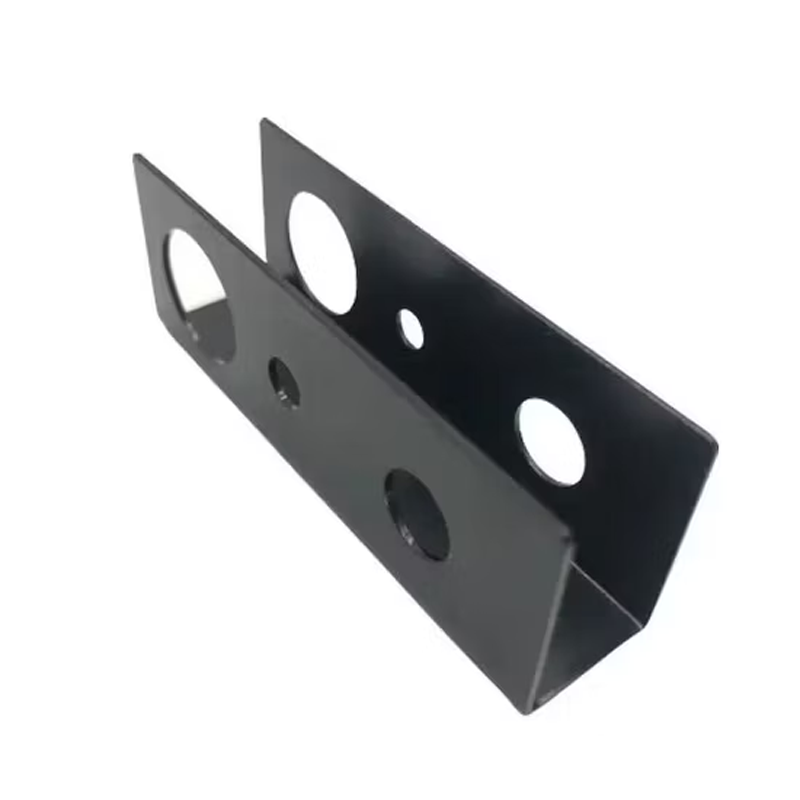
Key Factors to Consider When Choosing Steel
When choosing between galvanized and stainless steel, there are several factors to consider:
- Cost: Galvanized steel is more affordable than stainless steel. If you’re working within a tight budget and your parts will be exposed to less corrosive conditions, galvanized steel is a solid option.
- Corrosion Resistance: Stainless steel offers exceptional resistance to corrosion, even in harsh environments like marine settings or chemical exposure. Galvanized steel, while good for moderate conditions, can wear down over time as the zinc coating degrades.
- Strength and Durability: Stainless steel generally offers higher strength and better long-term durability. If you’re looking for parts that will endure for many years, especially in extreme conditions, stainless steel is the better choice.
- Appearance: Stainless steel has a sleek, polished finish that makes it suitable for applications where appearance matters. Galvanized steel, on the other hand, has a dull gray finish with a spangled pattern, which may not be aesthetically pleasing for consumer-facing products.
- Welding Considerations: Welding galvanized steel requires special precautions because the zinc coating can release harmful fumes when heated. In contrast, welding stainless steel is easier and requires less preparation, making it more convenient for complex designs.
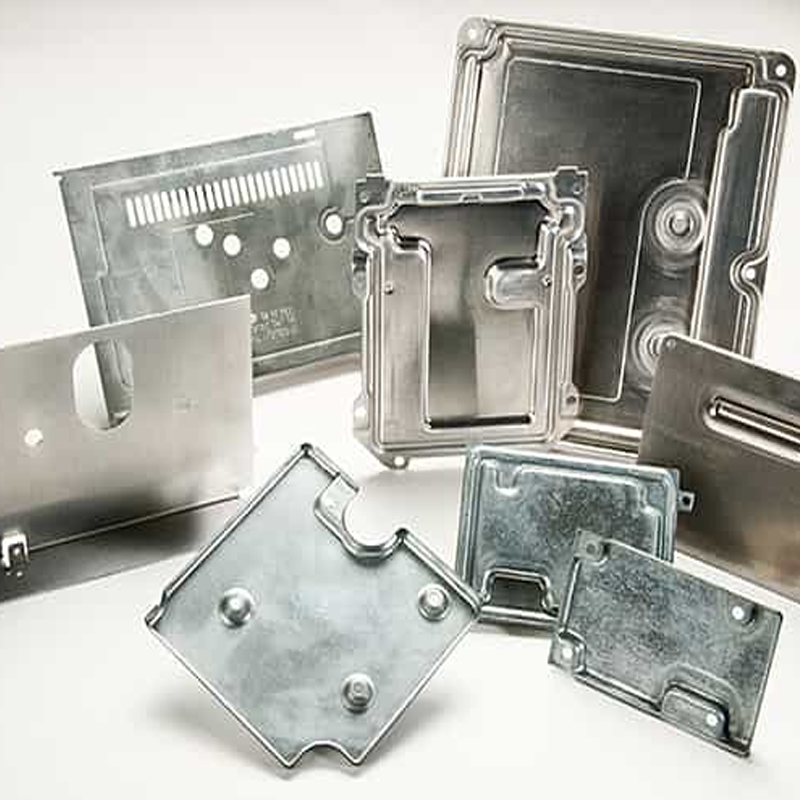
When to Choose Galvanized Steel
While stainless steel has its advantages, galvanized steel is still the material of choice for many applications. At Plantmetal, we frequently work with customers in construction, agriculture, and HVAC industries, where galvanized steel’s cost-effectiveness and moderate corrosion resistance make it an excellent fit. Here’s where galvanized steel truly shines:
– Construction & Infrastructure: Galvanized steel is commonly used for guardrails, street light poles, structural beams, and other parts exposed to weather and atmospheric conditions. Its cost-effective corrosion resistance ensures that these parts last a reasonable amount of time without breaking the budget.
– Agriculture: For farming applications like fencing, gates, and animal enclosures, galvanized steel provides reliable protection against the elements without the higher cost of stainless steel.
– HVAC Systems: Ductwork and other HVAC components often use galvanized steel because it is easy to form, cost-effective, and provides sufficient protection against rust in protected outdoor environments or indoors.

– Outdoor Hardware: Galvanized nails, screws, bolts, and brackets are commonly used outdoors. The zinc coating helps prevent rust, ensuring that these parts maintain their functionality over time without the higher price tag of stainless steel.
– Electrical Applications: Galvanized steel is often used for electrical conduit and junction boxes, offering solid protection for wiring systems outdoors or in industrial environments where cost is a critical factor.
Galvanized steel is particularly effective for applications where the material will not be exposed to extreme weather or corrosive chemicals. Its sacrificial zinc coating ensures a reasonable service life in less demanding environments.
The Drawbacks of Galvanized Steel
Despite its many advantages, galvanized steel does have some notable drawbacks. One of the primary concerns is the vulnerability of the zinc coating. While the coating protects the steel from rust, it can be easily damaged by scratches, impacts, or exposure to harsh conditions. Once the zinc layer is compromised, the underlying steel is exposed and can begin to corrode.
Another limitation of galvanized steel is its shorter lifespan compared to stainless steel. In highly corrosive environments, such as coastal areas or industrial settings with high humidity, the zinc coating depletes faster, which means the material may need to be replaced sooner than stainless steel would.
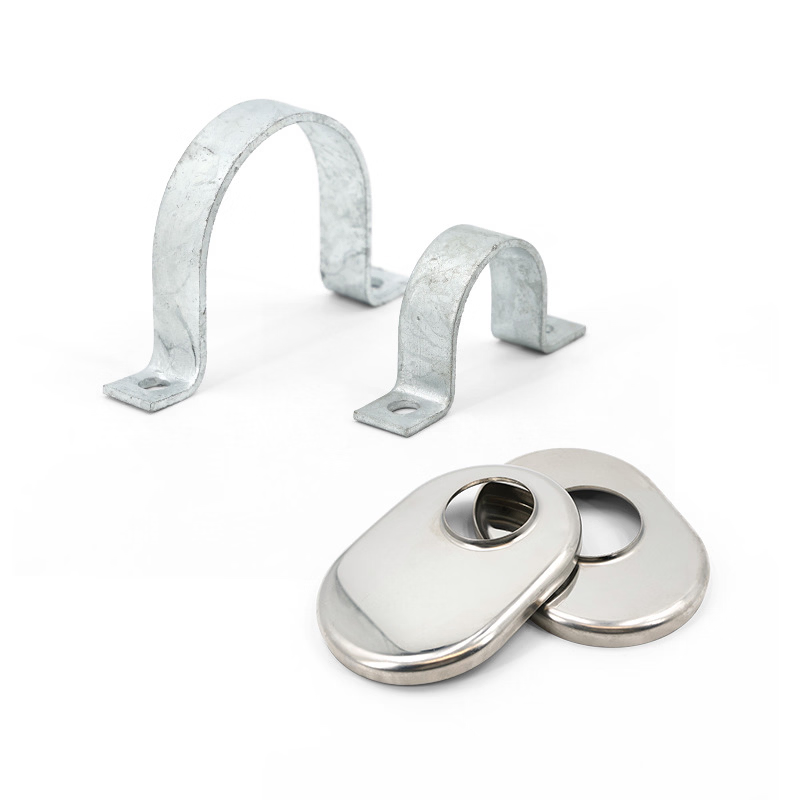
Welding galvanized steel also requires extra care. The zinc coating emits toxic fumes when heated, which can be harmful to workers if proper ventilation and safety measures are not in place. Additionally, welding galvanized steel requires the removal of the coating around the weld area, which adds additional time and cost to the process.
Finally, the appearance of galvanized steel is generally considered less attractive than stainless steel. The dull gray finish, often with a spangle pattern, is fine for industrial or functional purposes but may not be suitable for products where aesthetics are a priority.
When to Opt for Stainless Steel
For applications where galvanized steel may fall short, stainless steel is often the better choice. If your parts will be exposed to harsh conditions, such as constant moisture, chemicals, or high humidity, stainless steel offers superior protection that can extend the life of your parts.
Stainless steel is particularly ideal for the following applications:
– Marine Applications: Stainless steel’s resistance to saltwater corrosion makes it the go-to choice for boats, docks, and other marine equipment.
– Food & Medical Industries: Stainless steel is commonly used for food processing equipment, medical devices, and pharmaceutical manufacturing due to its high purity and resistance to corrosion.
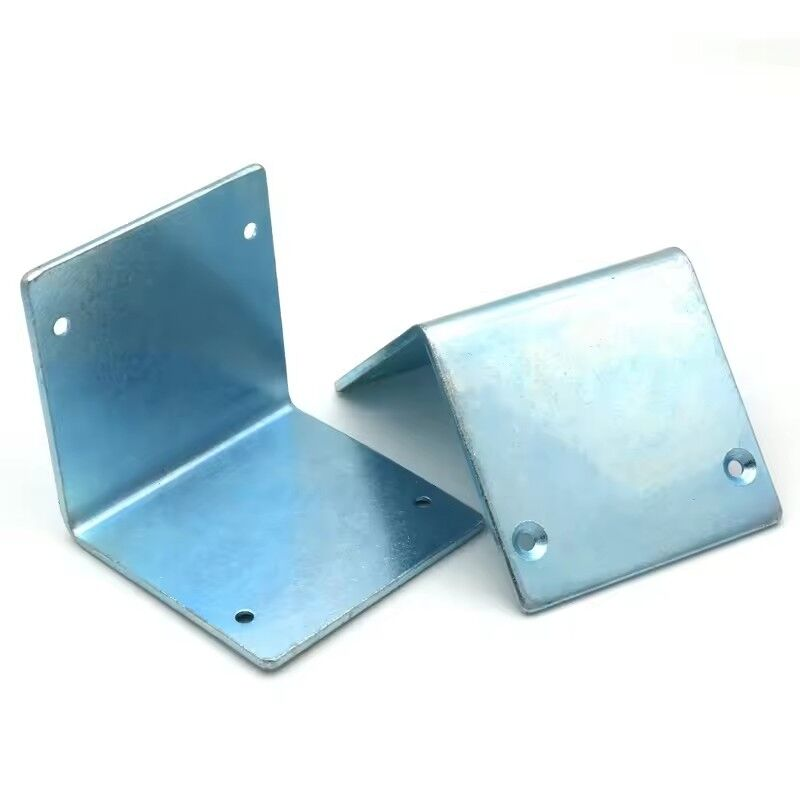
– Architectural Features: Stainless steel’s aesthetic appeal makes it a popular choice for architectural elements like railings, cladding, and sculptures. Its bright, clean finish elevates the appearance of buildings and public spaces.
While stainless steel is more expensive than galvanized steel, its durability and low maintenance make it a cost-effective long-term investment for applications that demand the highest level of corrosion resistance.
Galvanized vs. Stainless Steel Chains
If you’re choosing between galvanized and stainless steel chains, the decision largely depends on the environment and the specific application. Galvanized chains are ideal for general-purpose use, offering good corrosion resistance at a lower cost. However, if the chain will be exposed to harsh conditions like marine environments, chemical exposure, or extreme weather, stainless steel is the superior choice. It offers superior corrosion resistance and durability, making it the better option for demanding applications where failure is not an option.
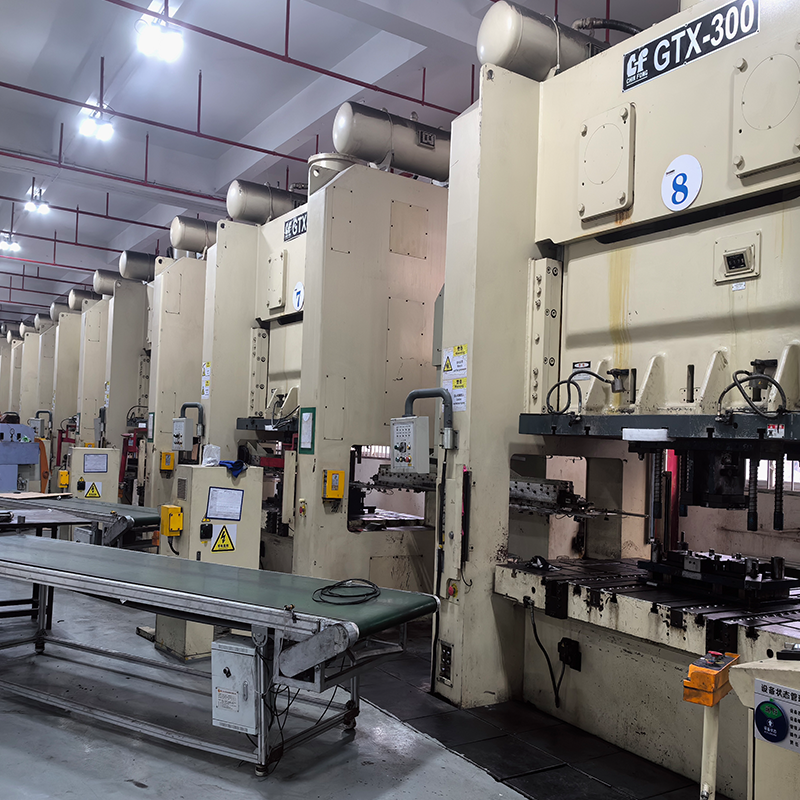
Conclusion
Choosing the right material for your CNC machining project is essential to ensuring both the longevity and performance of your parts. At Plantmetal, we specialize in helping our clients navigate the complexities of material selection. Whether you choose galvanized steel for cost-effective rust protection or stainless steel for its superior strength and corrosion resistance, understanding the unique properties of each material is crucial. Let us help you make the best decision for your project, ensuring you get the quality and performance you need at the right price. Reach out to us today for expert advice and top-quality CNC machining services.

